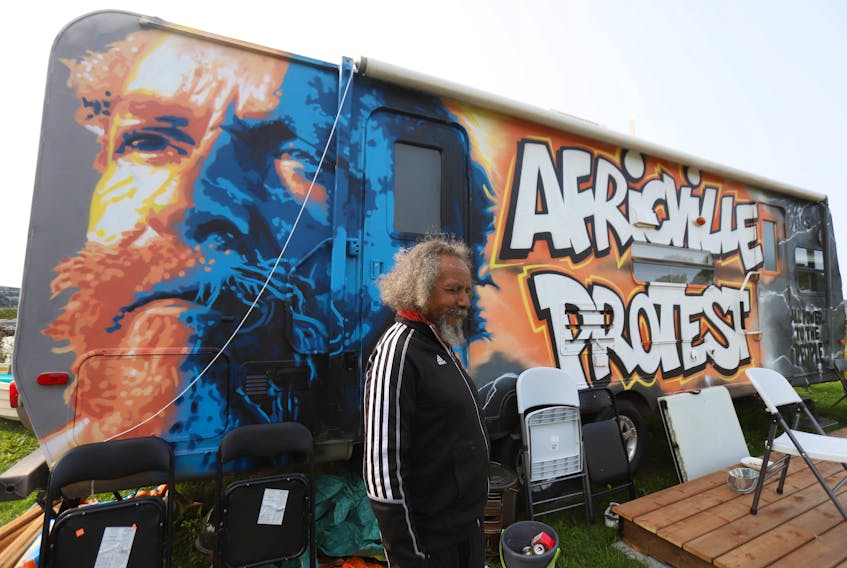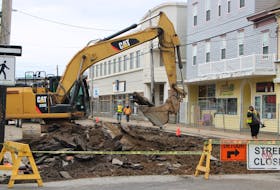Still fighting, 50 years on
Eddie Carvery is bundled up in three layers inside his trailer, which is hand painted with his face on it and plastered with Africville Protest in bold letters. It’s where he and his long-standing fight for reparations and justice live year round, writes the Chronicle Herald's Noushin Ziafati.
“I’m here and I’m here for the long run, until they recognize what they did to Africville,” Carvery, 73, tells Ziafati.
Over the past 50 years, Carvery has fought eviction orders, heart attacks, the cold and racially motivated attacks, among other things, in hopes of resurrecting the community he grew up in.
Africville was a predominantly Black Nova Scotian community located on the south shore of the Bedford Basin, on the outskirts of Halifax. In the 1960s, the City of Halifax razed the community in the name of urban renewal — what many, Carvery included, say was an act of racism.

'Cesspool of toxic exposure'
The Marystown Shipyard made the Newfoundland and Labrador town the modern shipbuilding capital of the province back when it opened in the late 1960s.
But, the Telegram's Peter Jackson reports that the yard has another, darker legacy: industrial disease.
Jackson spoke with Bernadine Bennett, who heads up the Marystown Shipyard Families Alliance, an advocacy group that has lobbied hard for workers and widows who say the toxin-laden workplace has left a trail of grief and misery.
Bennett says the province’s workers compensation board — currently Workplace NL — has taken a highly selective approach to shipyard workers since a cancer cohort study in 2002 contended the cancer rate among workers was not statistically higher than the provincial average.
And time is running out for many of the families seeking answers and compensation.
“These witnesses are getting few and far between because they’re getting sick and passing on,” says Bennett.

Controversial causeway
There is no shortage of opinions on how the Avon River causeway and the twinning of Highway 101 between Windsor and Falmouth, N.S., should be handled, writes SaltWire's Carole Morris-Underhill.
Arguments can be made for removing the causeway and allowing the river to return to its natural state, while some say Lake Pisiquid - a man-made freshwater lake - must be preserved for as a recreational hub. Others are concerned about the impact of increased salinity in the water has on crops and livestock.
To get some insight, Morris-Underhill looked toward the Petitcodiac River near Moncton, N.B.
Both areas were modified in the 1960s; both involved the building of causeways and creating head-ponds. Both have been deemed controversial; both have been called an ecological disaster.
Morris-Underhill digs deep into what residents and experts on all sides of the debate have to say, and includes some interactive graphics showing the rivers' changes since modifications were made.










